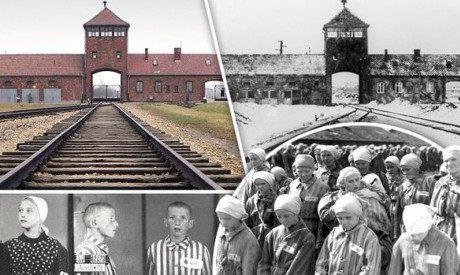Those who survived Auschwitz called the man in charge an “animal.” Rudolf Höss presided over the extermination of some 2.5 million prisoners in the three years he was commandant of the Auschwitz-Birkenau concentration camp.
Another half a million died there from disease and starvation. A year after his tenure came to an end, he returned to oversee the execution of 400,000 Hungarian Jews.
And yet even an “animal” such as he was not beyond the reach of God’s mercy.
My wife and I learned about Höss when a young nun from Poland came to speak at our church this week. I was taken aback when I first heard the telling, in part because I thought Sister Gaudia was speaking of Rudolf Hess, the deputy to Adolf Hilter.
The names sound similar. But what happened to Höss, who held a less prominent position in the Third Reich, was perhaps more stunning.
The lecture was part of the parish’s observance of the Jubilee Year of Mercy, declared by Pope Francis.
Sister Gaudia and Sister Emmanuela, members of the Congregation of the Sisters of Our Lady of Mercy — the congregation to which St. Faustina Kowalska belonged — are touring the United States, speaking about Christ’s revelations to St. Faustina and the image and devotion of the Divine Mercy.
Sister Gaudia, by the way, is part of the planning committee for World Youth Day 2016, which will take place in Krakow this summer.
Seventy or so years ago, Krakow, and all of Poland, was a very different place than it is today. Sister Gaudia spoke of Auschwitz, one of the Nazis’ deadliest camps, with its extensive use of gas chambers and medical experimentation, set right in the heart of her country. One in six Jews killed in the Holocaust died there.
But the camp was not only for Jews. Catholics, such as Saints Maximilian Kolbe and Benedicta of the Cross (Edith Stein), were here as well. Continue reading
Sources
- Aleteia, from an article by news editor John Burger.
- Image: Express UK
